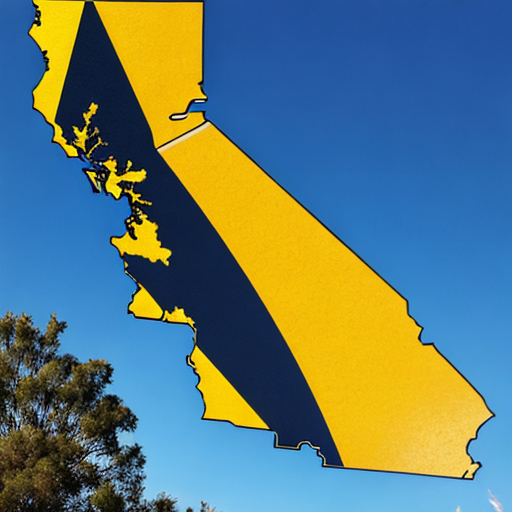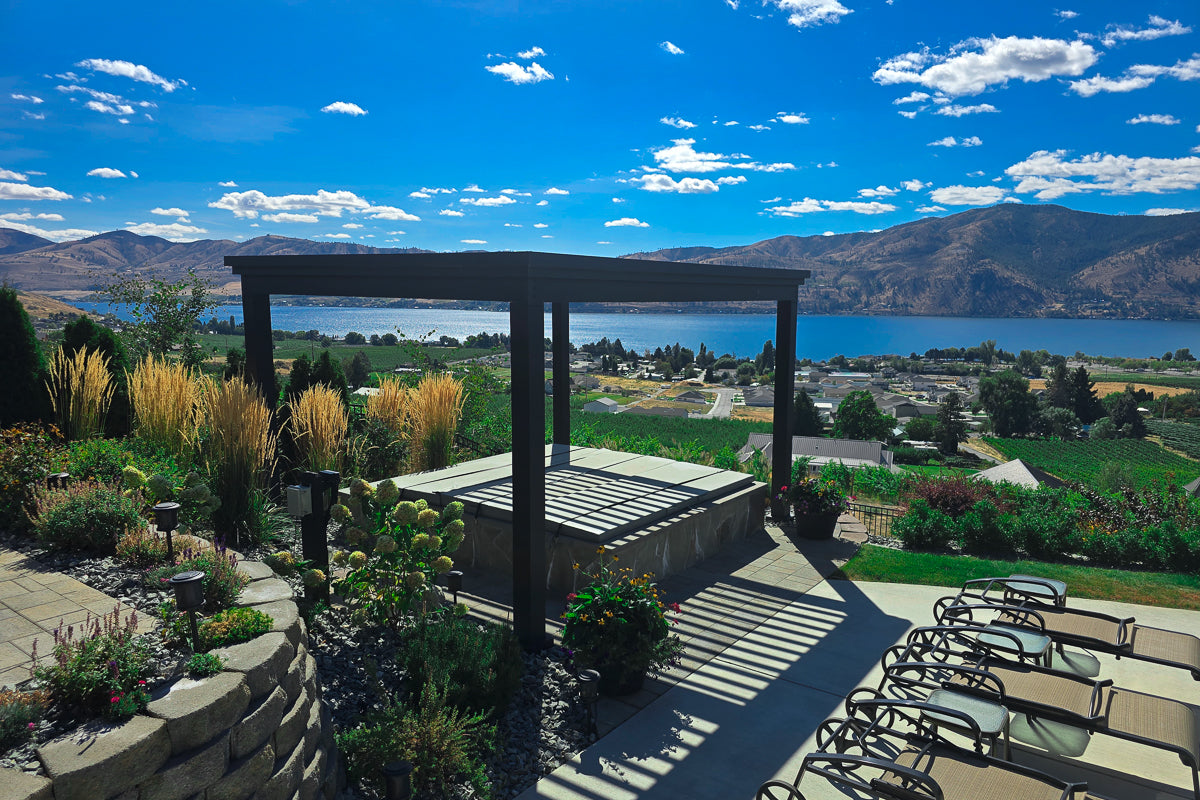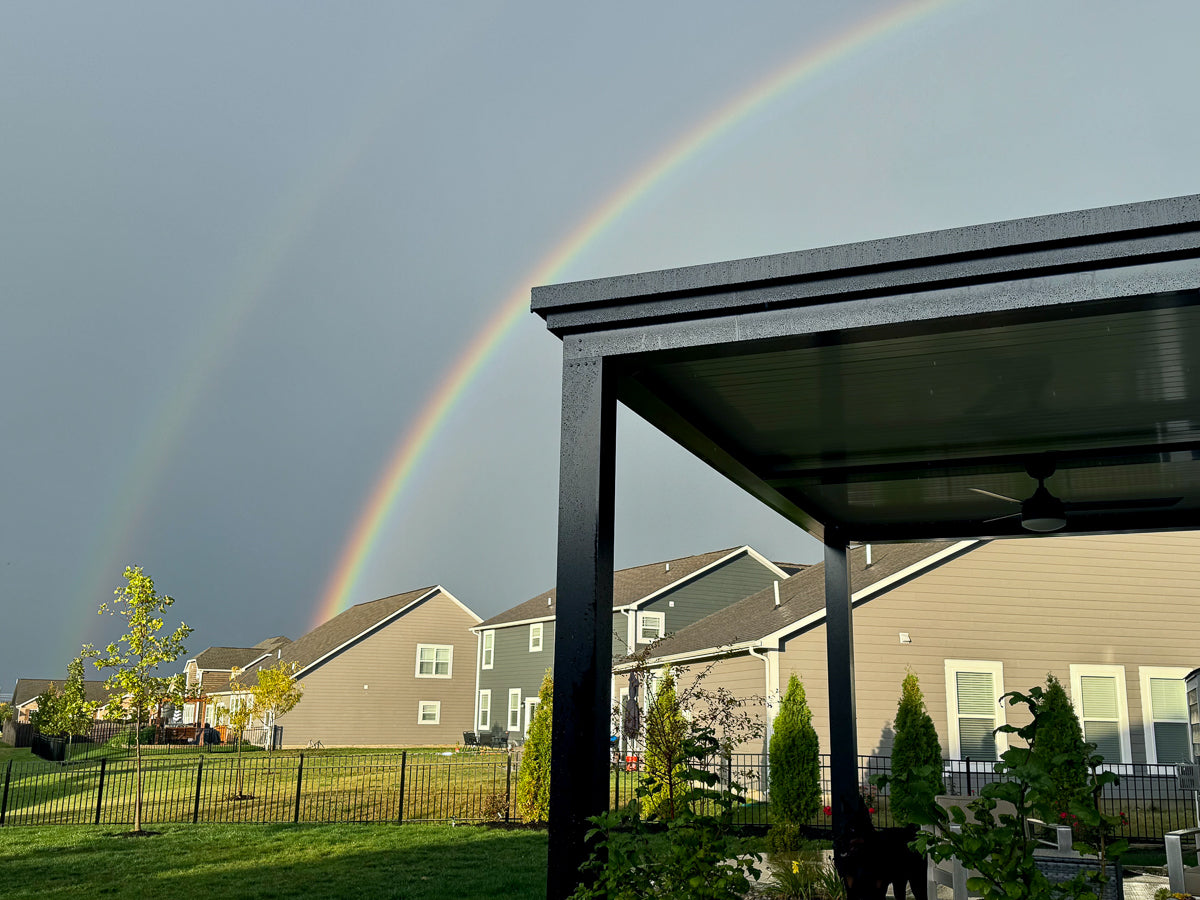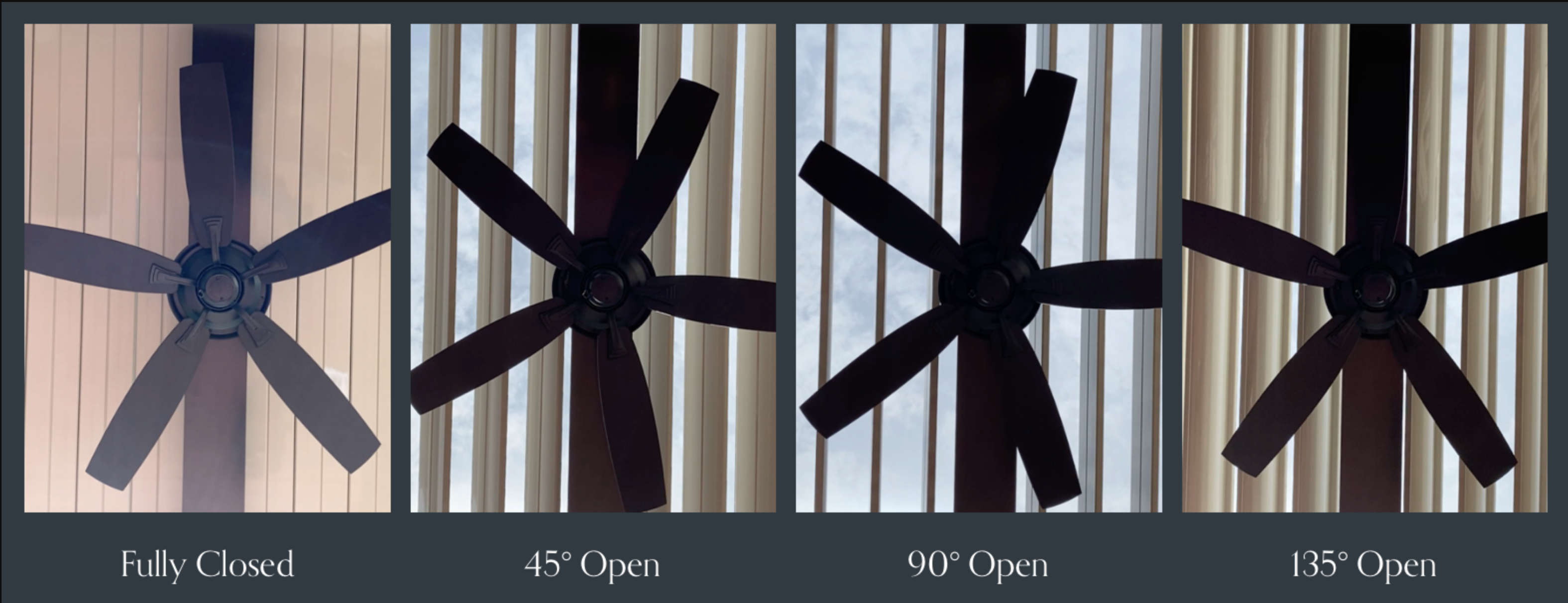Introduction to PergolasTable of Contents
- Definition and purpose of a pergola
- Growing popularity in California
- Overall purpose of the post.
- Advantages of having a Pergola in California
- Outdoor living space
- Aesthetic appeal
- Increased property value
- Practical considerations within your outdoor space
Definition and purpose of a pergola
What is a pergola? A pergola is an outdoor architectural structure that consists of a framework covered with trained climbing or trailing plants.
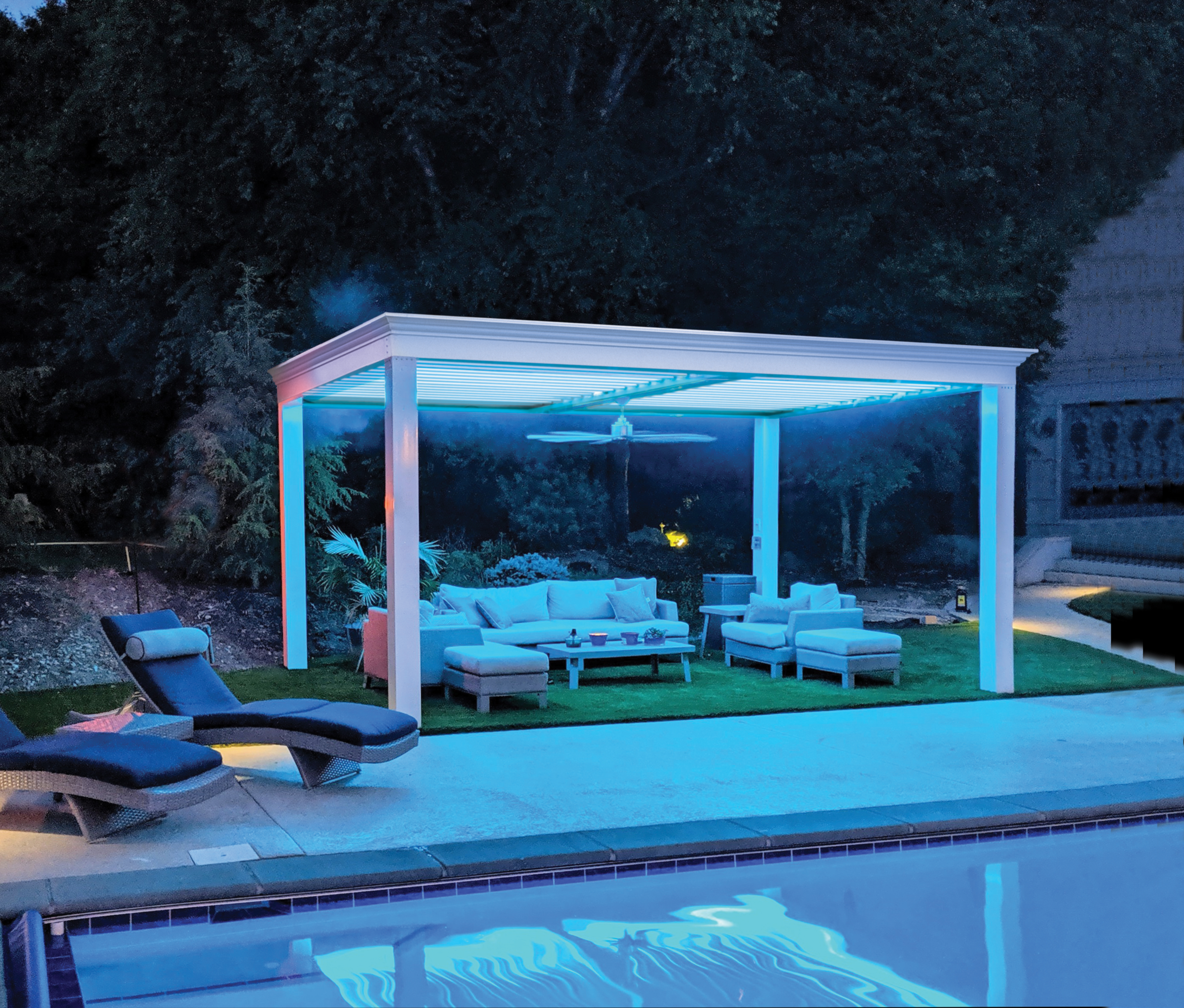
Typically found in gardens, yards, or parks, a pergola may have vertical posts or pillars that support cross-beams and a durable open lattice, often creating a passageway, walkway, or sitting area.
While pergolas serve various purposes, their primary functions include providing partial shelter, defining a specific space, and enhancing the aesthetic appeal of outdoor areas. They are commonly used for creating shaded walkways, passageways, or sitting areas in gardens, and their design can range from simple and functional to elaborate and ornamental.
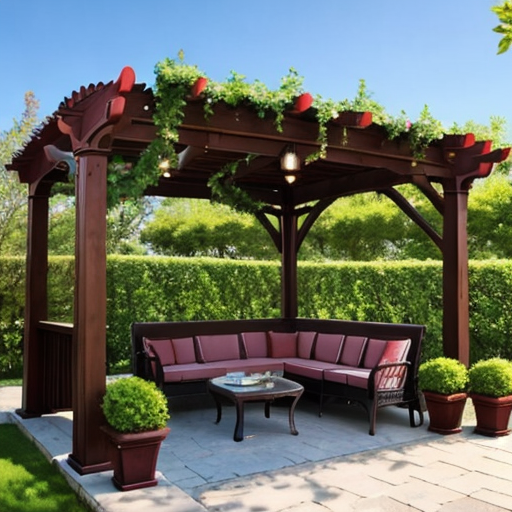
Pergolas are versatile structures that can be customized to suit different architectural styles and landscape designs.
Growing popularity in California
California is known for its mile and pleasant climate, making outdoor living spaces highly desirable. Pergolas offer a perfect solution for creating shaded areas where residents can comfortably enjoy the outdoors without being fully exposed to the sun.
Californians often embrace an outdoor-centric lifestyle. Pergolas provide an extension of the indoor living space into the open air, serving as an ideal setting for socializing, dining or relaxing. They contribute to a seamless blend between indoor and outdoor living.
Adding a pergola kit can contribute to the overall value of a property. Potential homebuyers often appreciate well designed outdoor spaces, and a thoughtfully crafted pergola can make a property more attractive in the real estate market.
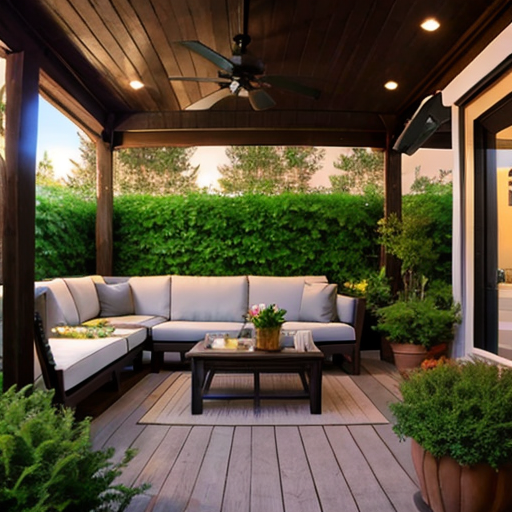
Overall purpose of the post.
Continue to read, below, and I will share with you all I can about a pergola in California and if it is something you should look into.
Advantages of having a Pergola in California
Outdoor living space
Pergolas offer versatility in design, allowing homeowners to create unique and personalized outdoor spaces. Whether used as a standalone structure, attached to the home, or incorporated into a garden or patio, pergolas can be adapted to suit different preferences and spatial constraints.
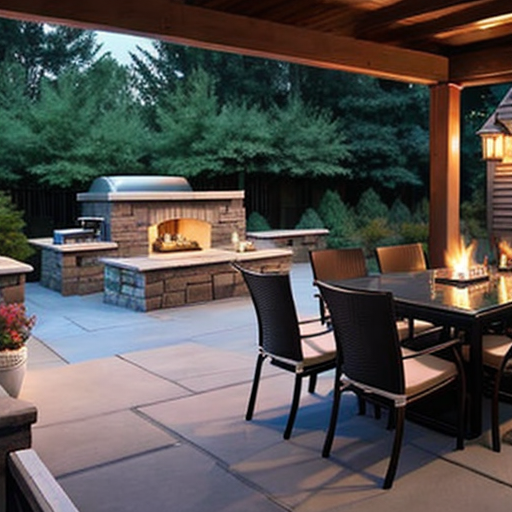
Aesthetic appeal
Pergolas enhance the aesthetic appeal of outdoor spaces. With various design options, materials, and customization possibilities, home can choose pergolas that complement their homes architecture and landscaping, adding a touch of elegance and charm.
Increased property value
As discussed earlier, oftentimes adding a permanent structure, such as a pergola or patio cover, can substantially increase your home values. If you plan on staying in your home for a substantial amount of time, wouldn't it make sense to install a permanent structure?
Practical considerations within your outdoor space
Choosing the right material
There are a few different types of materials to consider when deciding to build a pergola. The most common or popular would be wood, metal, aluminum and composite.
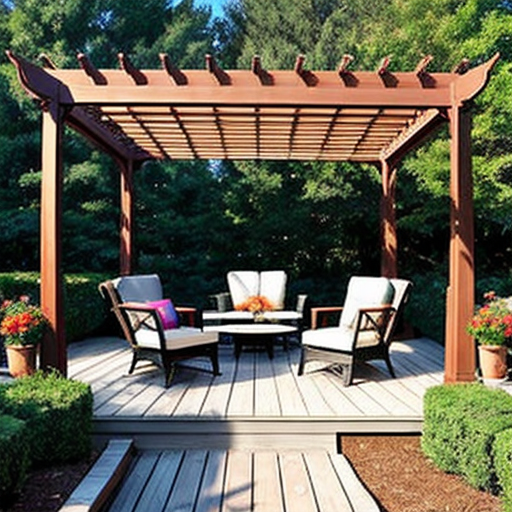
If choosing wood, cedar and redwood are 2 solid options. Western Red Cedar is resistant to decay, insects and weathering. Cedar also has a natural beauty and is often used for its pleasant aroma. Redwood is similar to cedar and durable and resistant to decay. It has a rich color and natural resistance to insects.
Aluminum is also another very popular material choice. It is lightweight, durable, and resistant to rust and corrosion. Aluminum pergolas are low maintenance and can be painted in various colors.

Vinyl pergolas are low maintenance and are resistant to rot and insects, and come in various styles. These are easy to clean and do not require painting.
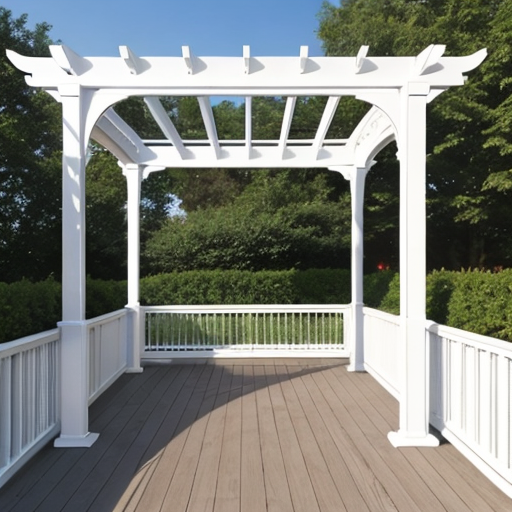
Composites combine wood fibers with plastic, creating a material that is resistant to rot, insects, and decay. It offers the look of wood with low maintenance requirements.
Local Regulations and permits
Check your local building codes to understand any specific requirements related to the construction of outdoor structures like pergolas. Building codes may dictate factors such as size, height, setbacks from property lines, and structural considerations.
Zoning regulations determine how land in a particular area can be used. Ensure that your pergola plans align with the zoning regulations for your property. This may include restrictions on the height, size, and location of structures.
Climate considerations
California is known for its sunny weather conditions. Consider the sun's path throughout the day and the seasons when placing your pergola. Orient it to provide shade in areas where you'll most likely need relief from intense sunlight.

In some regions, especially inland, wind can be a factor. Ensure that your pergola design accounts for wind resistance. This may involve choosing sturdy materials and considering the structures height and placement.
While many parts of California experience dry and arid conditions, the Northern California region and coastal areas can receive significant rainfall during certain seasons. Ensure that your pergola design includes proper drainage to prevent water accumulation and potential damage.
If you plan to incorporate plants into your pergola design, choose drought tolerant species that can thrive in California's semi arid and arid regions.

DIY pergola kits vs Professional Installation
Pros and Cons of DIY
DIY pergola construction requires a certain level of skills and knowledge in carpentry, construction, and tool usage. Lack of experience may lead to mistakes or suboptimal results.
DIY projects often take more time than professional installations. If you have limited time or need the pergola completed quickly, hiring a professional might be a better option.
Obtaining necessary permits and adhering to local regulations can be challenging for DIYers. Professionals are typically familiar with local building codes and can ensure compliance.
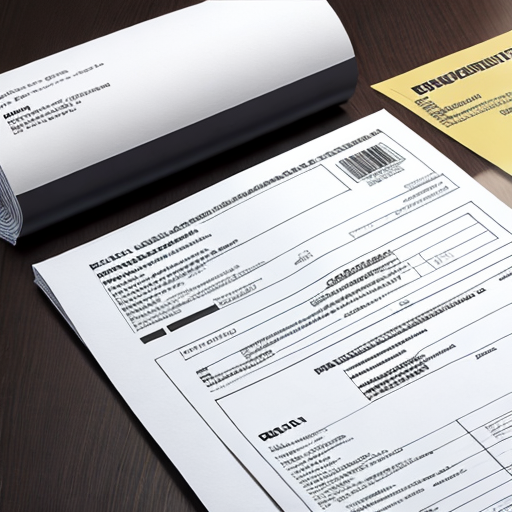
One of the primary advantages of a DIY pergola is cost savings. By providing your own labor and sourcing materials directly, you can often build a pergola at a lower cost than hiring professionals.
DIY projects allow for greater customization. You have the flexibility to choose the design, materials, and the dimensions that best suit your preferences and needs.
Cost Savings - Skill and Time requirements
Benefits of professional installation
There are a few benefits for a pergola to be professionally installed. A DIY project may lack the warranty of guarantee that comes with professional installations. If issues arise, you might be responsible for fixing them at your own expense.
Conclusion
California is a big, beautiful state with much to offer! A pergola would be a perfect solution for the wind, water and sun that shines across the state.
